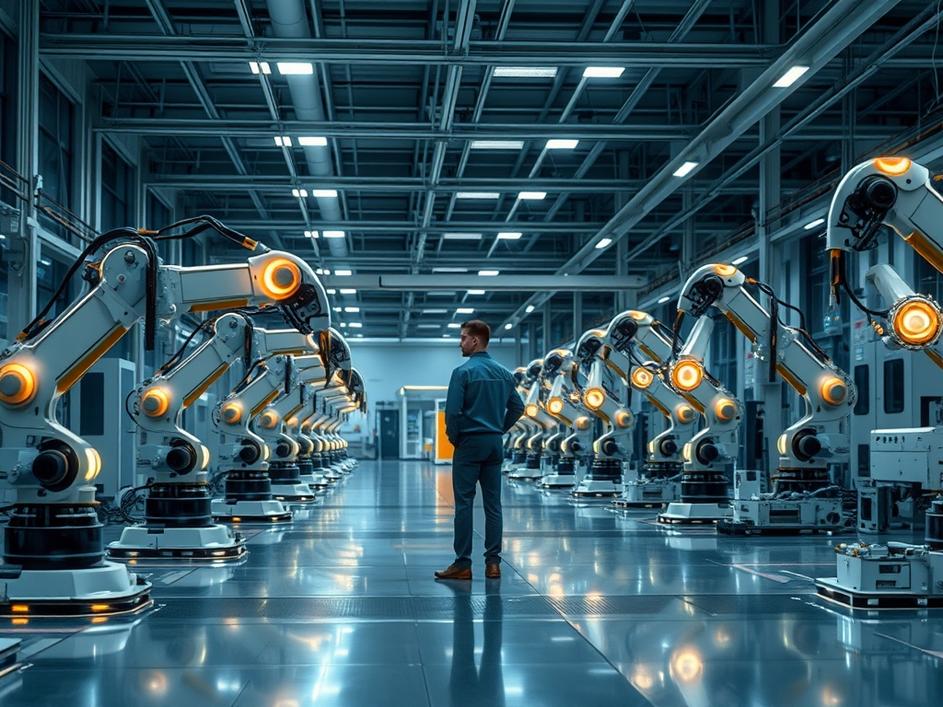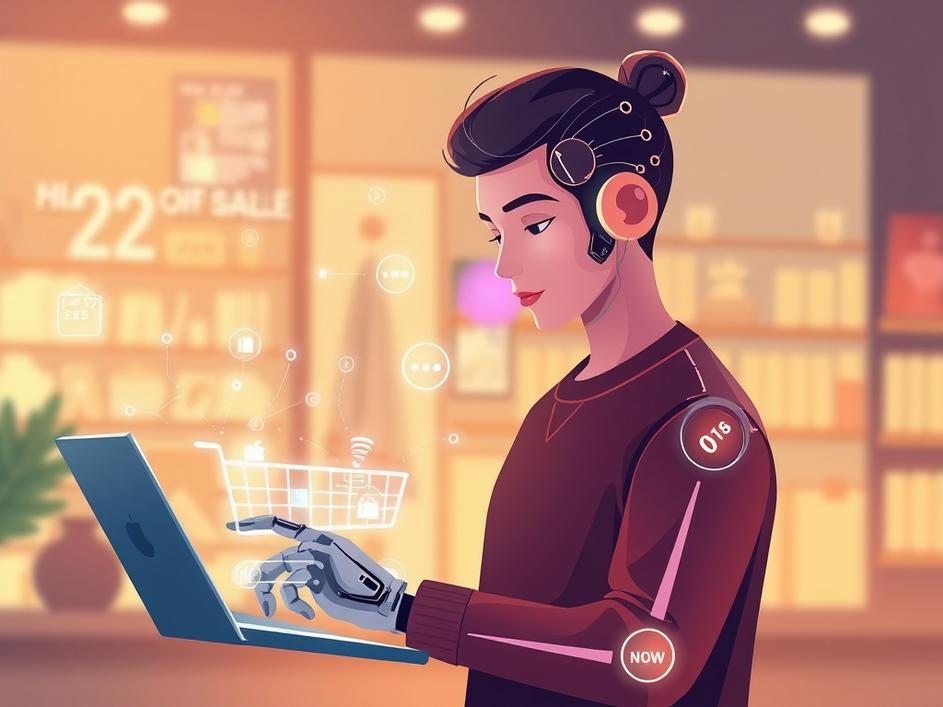


We are a digital agency helping businesses develop immersive, engaging, and user-focused web, app, and software solutions.
2310 Mira Vista Ave
Montrose, CA 91020
2500+ reviews based on client feedback

What's Included?
ToggleFor a long time, when we thought about Artificial Intelligence, our minds often went to computers, data centers, or clever programs on our phones. It was a digital thing, living inside networks and glowing screens. But what if AI stepped out of that digital world? What if it started touching and moving things in the real, physical world? That’s exactly the vision DEEPX, a company at the forefront of AI chip technology, brought to the global stage at the recent World Economic Forum. Their official recognition with the MINDS 2025 Award and their invitation to speak as a key innovator signals a big shift. It means the world’s leaders are starting to see AI not just as software, but as a tangible force that can reshape industries and everyday life. CEO Lokwon Kim presented a future where intelligence isn’t just about processing information, but about interacting with our environment in a direct, meaningful way. This isn’t just an upgrade to existing systems; it’s a fundamental reimagining of where AI lives and what it can do. It’s about embedded smarts, working silently and effectively in the machines that build our cars, sort our packages, or even assist us in our homes.
So, what exactly is “Physical AI”? Imagine a smart factory line. Instead of just sending data to a central computer for analysis, each robotic arm or inspection camera has its own “brain” – an AI chip from companies like DEEPX. This brain allows it to make decisions, adapt, and learn in real-time, right there on the factory floor, without needing constant instructions from the cloud. Think about a self-driving car. It’s not just following programmed rules; its internal AI is constantly sensing, predicting, and reacting to the unpredictable world around it – other cars, pedestrians, sudden obstacles. That’s “Physical AI” at work. It’s about building AI capabilities directly into the hardware of machines, making them intelligent not just in theory, but in their physical interactions. These systems are designed to operate efficiently, often using less power, which is important when you have countless devices working around the clock. It’s about creating machines that understand their environment and can act on that understanding, bringing intelligence out of the data center and into the world we can see and touch. This move means machines can learn from their experiences, becoming better at their tasks over time, just like a human operator might.
The impact of “Physical AI” could be massive across many different sectors. In manufacturing, it means factories that are not only more automated but also more flexible and responsive. Machines could self-diagnose problems, adjust their processes for different products on the fly, and even anticipate maintenance needs before a breakdown occurs. This leads to less downtime, higher quality goods, and more efficient use of resources. In logistics, think of warehouses where robotic systems intelligently sort, pack, and move items with pinpoint accuracy and speed, navigating complex spaces without human oversight. For cities, “Physical AI” could power smarter traffic management systems, intelligent waste collection, and more efficient energy grids. It’s about creating a world where the machines around us aren’t just tools, but intelligent partners that can contribute to solving real-world problems. This approach also promises better safety, as intelligent machines can detect and react to potential hazards faster and more reliably than traditional systems. It’s about embedding intelligence where the work actually happens, making every interaction a little bit smarter and a little bit smoother.
DEEPX presenting their “Physical AI” vision at the World Economic Forum is a huge deal. The WEF is where global leaders, policymakers, and innovators come together to discuss the biggest challenges and opportunities facing our world. Being recognized with the MINDS 2025 Award is like getting a stamp of approval from the highest level, signaling that this concept is not just a niche tech idea, but a critical driver for future industrial growth and societal change. It tells us that the conversation around AI is maturing. It’s no longer just about the ethics of algorithms or the power of big data, but also about how intelligence can be woven directly into the fabric of our physical infrastructure. This kind of platform gives “Physical AI” the visibility and credibility it needs to move from a promising idea to a widespread reality. It shows that there’s a shared understanding among global decision-makers that the next wave of AI will be much more hands-on, influencing everything from how goods are produced to how our cities function. This endorsement helps pave the way for wider adoption and investment in these kinds of technologies.
From my perspective, “Physical AI” feels like the natural next step in AI’s journey. We’ve spent years building incredible AI models that live in the digital realm, crunching numbers, generating text, and recognizing patterns in data. Now, the challenge and opportunity lie in taking that intelligence and grounding it in the physical world. It’s one thing for an AI to identify an object in a picture; it’s another for a robot with embedded AI to safely pick up that object, move it, and place it somewhere else with precision and care. This shift isn’t just about software; it’s about marrying sophisticated algorithms with robust, energy-efficient hardware. It demands expertise in both computer science and engineering. But with this advancement also come new questions. How do we ensure these intelligent machines are truly safe? What kind of energy demands will a world full of “Physical AI” devices create? And how will this change the job market, as intelligent machines take on more complex physical tasks? These are important conversations we need to have as this technology develops. The vision is exciting, but the implementation will require thoughtful planning and problem-solving, going beyond just creating the chips.
Making “Physical AI” a widespread reality won’t happen overnight. It requires a lot of collaboration. Companies that make the specialized chips, like DEEPX, need to work closely with manufacturers of robots, industrial equipment, and smart devices. Governments and industry bodies will need to establish new standards and regulations to ensure safety, interoperability, and ethical use of these intelligent physical systems. There’s also the challenge of energy consumption; embedding AI in countless devices means designing solutions that are powerful but also incredibly efficient. And, crucially, there’s the human element. Workers will need new skills to operate, maintain, and interact with these advanced machines. Public trust will also be key. People need to understand how these intelligent systems will improve their lives and how potential risks are being managed. The potential rewards are huge: a more efficient, safer, and potentially more sustainable world. But reaching that future means facing these challenges head-on, with innovation, cooperation, and a clear vision for how intelligence can genuinely improve our physical environment. This is just the beginning of a truly exciting journey.



Leave a reply